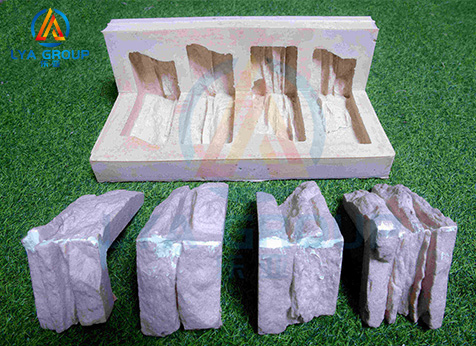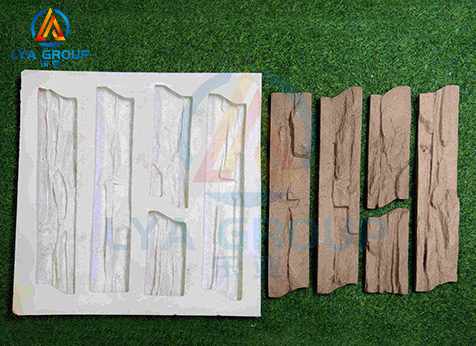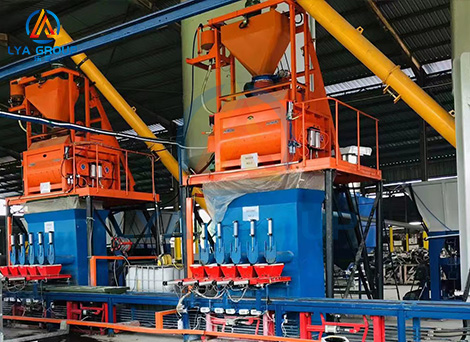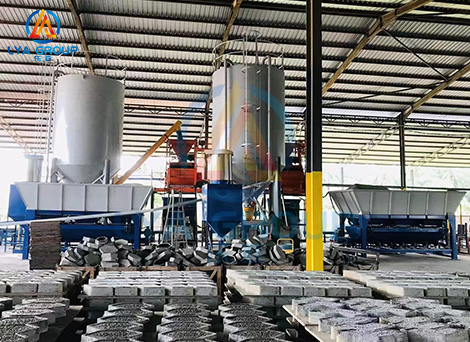Installation Techniques: There are different installation techniques for artificial stone, depending on the type of product and the desired look. Some artificial stone products are designed for dry-stack installation, where the stones are tightly fitted together without the use of mortar or adhesive. This technique creates a seamless and natural appearance. Other products may require mortar or adhesive for installation, which provides a more traditional look with visible joints between the stones.


Customization and Creativity: Artificial stone allows for a high level of customization and creativity in design. Manufacturers can create artificial stones with specific shapes, sizes, and textures to meet the unique requirements of a project. This flexibility enables designers and architects to achieve their desired aesthetic vision and create visually stunning installations.
Fire Resistance: Many artificial stone products are manufactured to be fire-resistant. They are engineered with materials that have high fire ratings and can withstand high temperatures. This makes artificial stone a suitable choice for applications such as fireplaces, where fire safety is a concern.
Sustainability: Some artificial stone products are designed with sustainability in mind. They may use recycled materials, such as crushed stone or glass, in their manufacturing process. Additionally, some manufacturers implement environmentally friendly manufacturing practices, such as reducing water and energy consumption or minimizing waste. Choosing sustainable artificial stone options can contribute to environmentally conscious building practices.


Texture and Finish Options: Artificial stone can be produced with various textures and finishes to replicate the look and feel of different types of natural stone. Common textures include rough, smooth, or textured surfaces that mimic the characteristics of materials like limestone, slate, or granite. The availability of different finishes allows for greater design flexibility and the ability to match existing architectural styles.
UV Resistance: Artificial stone is often designed to be UV resistant, which means it can withstand prolonged exposure to sunlight without fading or degrading in color. This makes it suitable for outdoor applications where it will be exposed to direct sunlight.


Repair and Replacement: In the event of damage to an artificial stone installation, individual stones can be replaced without requiring a complete overhaul. This makes repairs more convenient and cost-effective compared to natural stone, where matching replacements can be challenging.